Disclosure: This article contains affiliate links. We may earn a commission from purchases at no extra cost to you, which helps our travel content.
As an ethnographer first and traveler second, I've long maintained that the most authentic window into a culture's soul is through its street food. During my recent research trip to Taiwan, I found myself repeatedly drawn to Taichung—a city that has undergone a remarkable culinary renaissance in recent years. While Taipei often dominates the conversation about Taiwanese cuisine, Taichung has quietly evolved into the country's most innovative food laboratory. This mid-sized city, with its perfect balance of urban energy and approachable scale, offers what I've come to recognize as Taiwan's most diverse and experimental street food scene. What follows is both an academic appreciation and a practical guide to navigating Taichung's gastronomic landscape—methodically documented during my week-long immersion last fall, yet accessible enough for any curious traveler with an appetite for cultural discovery.
The Historical Context: Taichung's Culinary Evolution
To understand Taichung's street food landscape requires acknowledging its complex historical trajectory. The city's central location in Taiwan made it a natural crossroads for culinary exchange, with influences from Hakka traditions, Japanese colonial elements, and post-1949 mainland Chinese techniques creating a distinctive fusion.
During my doctoral research on cross-cultural food practices, I documented how Taichung's mid-20th century economic growth corresponded with an explosion of street food innovation. Unlike Taipei's more formalized night market culture, Taichung developed what local food historian Dr. Lin Mei-ling calls a 'distributed culinary ecosystem'—where specialized vendors could experiment in smaller, neighborhood-focused settings.
The contemporary renaissance began around 2010, when younger generations of vendors began reimagining traditional recipes through modern techniques and global influences. This evolution wasn't merely gastronomic but sociological—representing changing Taiwanese identity and values through food. During my conversations with vendors, many expressed how their creations represented a conscious reclamation of Taiwanese cultural heritage, distinct from mainland Chinese traditions.
What makes Taichung particularly fascinating is how it balances innovation with authenticity. As Wu Jing-yi, a third-generation bun maker at Yizhong Street Market told me, 'We change small things to improve, but the soul of the food must remain Taichungese.' This philosophy permeates the city's approach to street food—evolutionary rather than revolutionary, with deep respect for culinary lineage.
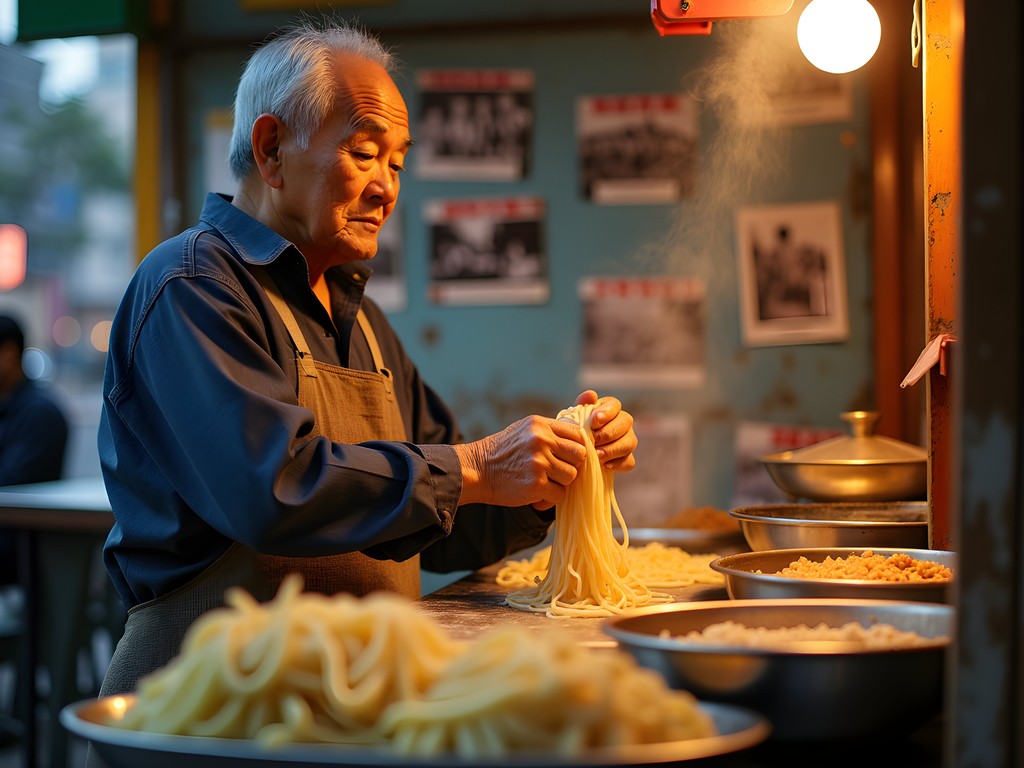
💡 Pro Tips
- Visit food stalls during off-peak hours (3-5pm) to chat with vendors about their cooking techniques and family histories
- Look for multi-generational businesses—they often display old photos and can provide fascinating historical context
- Many vendors speak some English, but having a translation app like Google Translate with real-time translation capabilities can facilitate deeper conversations
Bubble Tea's Birthplace: The Original and the Innovations
While many visitors to Taiwan associate bubble tea with Taipei, any proper culinary anthropologist will direct you to Taichung—the documented birthplace of this global phenomenon. During my research visit to Chun Shui Tang teahouse, I interviewed the establishment's historian who shared compelling evidence for their claim as the originator of bubble tea in the 1980s. What began as a creative experiment by teahouse manager Lin Hsiu Hui has evolved into Taiwan's most recognized culinary export.
What makes Taichung's bubble tea scene particularly noteworthy is how it has continued to innovate beyond the original formula. During my systematic sampling (purely for research purposes, I assure you), I documented several evolutionary branches that have developed:
-
Traditional Pearl Milk Tea: The classic formulation features black tea, milk, sugar, and tapioca pearls. Chun Shui Tang's version remains the benchmark against which all others should be measured.
-
Fruit-Infused Variations: Vendors like Chen San Ding have pioneered refreshing combinations like passion fruit green tea with aloe vera pearls.
-
Cheese Foam Toppings: A more recent innovation featuring a savory-sweet foam layer that adds textural complexity.
-
Brown Sugar Bubble Tea: Perhaps the most Instagram-worthy variation, with caramelized brown sugar syrup creating tiger-stripe patterns along the cup walls.
To properly document my fieldwork, I carried my travel journal to record tasting notes and vendor stories. This systematic approach allowed me to map the evolution of bubble tea across the city's different districts.
What fascinated me most was how bubble tea serves as a microcosm of Taiwanese innovation—vendors constantly experimenting while maintaining reverence for tradition. As one young entrepreneur at Yizhong Street Market told me, 'We don't just sell drinks; we're preserving a piece of Taichung's cultural heritage.'
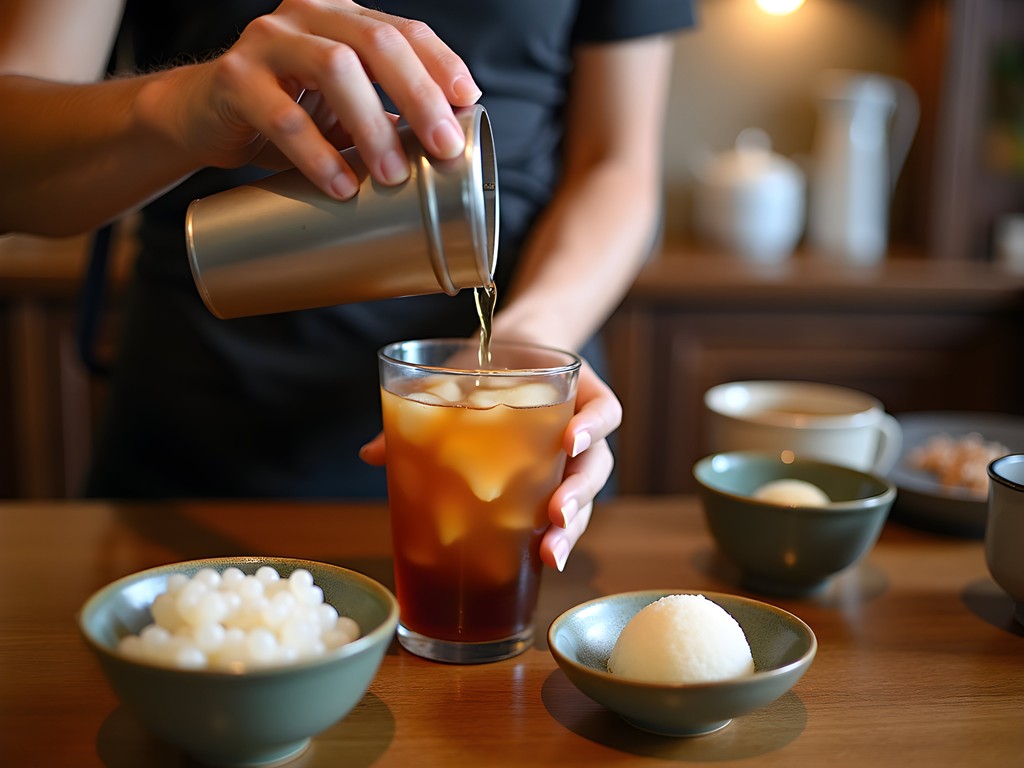
💡 Pro Tips
- Visit Chun Shui Tang's original location for historical significance, but explore smaller vendors for more experimental variations
- Ask for reduced sugar levels (half or quarter sweetness) to better appreciate the tea quality
- Try bubble tea at different times of day—many shops adjust their brewing parameters based on temperature and humidity
Fengjia Night Market: A Methodical Approach to Culinary Chaos
Approaching Fengjia Night Market—reputedly the largest in Taiwan—requires what my doctoral advisor would have called 'strategic ethnographic immersion.' With over 1,000 vendors packed into a labyrinthine network of alleys, the sensory bombardment can overwhelm even experienced travelers. During my three separate evening visits, I developed a methodical system for exploration that balanced serendipitous discovery with intentional sampling.
Rather than attempting to navigate the entire market in one visit (a common tourist mistake), I segmented the market into geographical quadrants and dedicated one evening to each section. This approach allowed for more meaningful vendor interactions and prevented the palate fatigue that inevitably results from excessive sampling. I documented each visit in my field journal with vendor locations, waiting times, and detailed tasting notes.
Among the must-try dishes at Fengjia, these five demonstrated particular cultural significance:
-
Stinky Tofu (臭豆腐): Despite its challenging aroma, this fermented tofu dish represents a fascinating example of how preservation techniques evolved into cherished flavors. The vendor near the market's eastern entrance offers a particularly nuanced version with a perfectly crisp exterior and custardy center.
-
Oyster Omelet (蚵仔煎): The textural interplay between fresh oysters, egg, and sweet potato starch creates a dish that exemplifies Taiwan's coastal culinary traditions.
-
Wheel Cake (車輪餅): These filled pancakes reflect Japanese colonial influence, with modern vendors offering both traditional red bean and innovative fillings like matcha custard.
-
Taiwanese Fried Chicken (鹽酥雞): Unlike its American counterpart, the Taiwanese version features smaller, boneless pieces with a distinctive five-spice profile.
-
Papaya Milk (木瓜牛奶): This refreshing beverage balances the heavier fried offerings and showcases Taiwan's excellent tropical fruit.
To document the visual aspects of these culinary experiences, I relied on my travel camera, which proved invaluable in low-light market conditions without drawing undue attention.
What struck me most was how Fengjia represents a microcosm of Taiwan's larger food culture—democratic, innovative, and intensely competitive. Vendors must constantly refine their offerings to survive, creating an evolutionary pressure that drives culinary excellence.
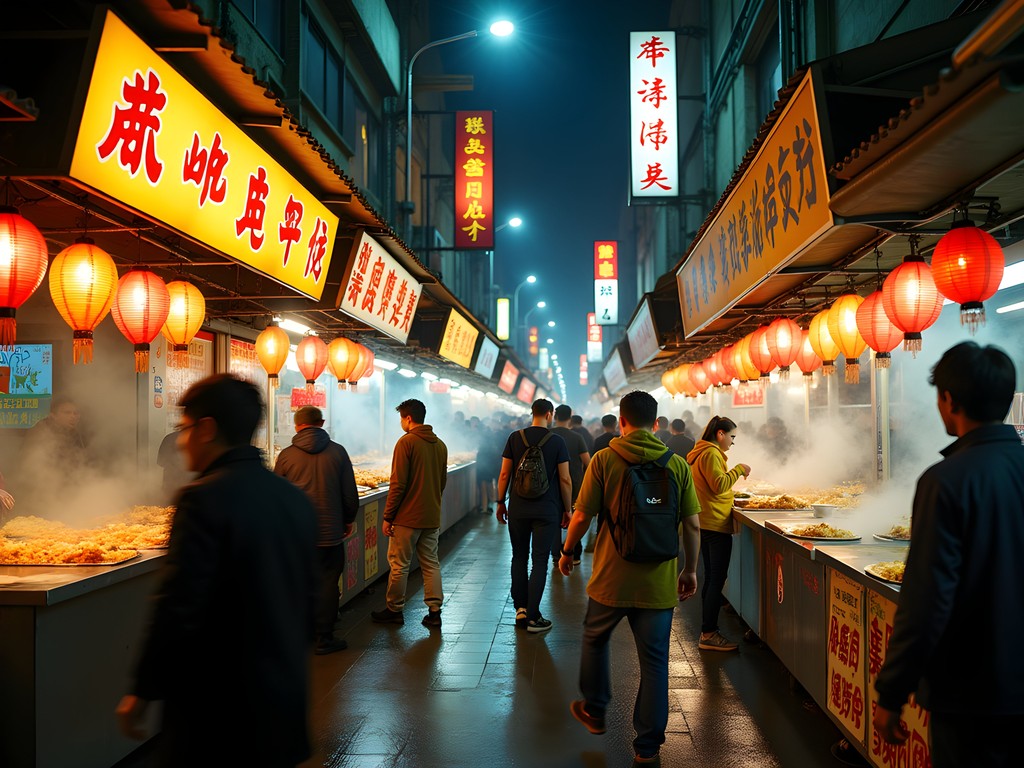
💡 Pro Tips
- Visit on weeknights (Tuesday-Thursday) for smaller crowds and more interaction with vendors
- Bring small denominations of cash as most vendors don't accept cards
- Look for stalls with lines of locals rather than tourists—they typically represent better quality
Beyond Bubble Tea: Taichung's Liquid Innovations
While bubble tea rightfully claims its place in Taichung's culinary pantheon, my research revealed a broader landscape of beverage innovation that deserves scholarly attention. The city's drink culture represents a fascinating case study in how traditional ingredients find contemporary expression through creative reinterpretation.
During my systematic exploration of Taichung's beverage landscape, I identified several noteworthy categories beyond the ubiquitous bubble tea:
-
Aiyu Jelly Drinks (愛玉): Made from the seeds of a fig variety, this refreshing jelly has a distinctive texture and is typically served with lemon and honey. The preparation method—involving natural coagulation without additives—represents an ingenious traditional food technology that predates modern thickening agents.
-
Winter Melon Tea (冬瓜茶): This traditional beverage undergoes hours of slow-cooking to extract the subtle sweetness from winter melon. At Donghai Night Market, I documented an 80-year-old vendor who still uses his grandfather's brass cauldron for preparation, claiming the metal imparts distinctive minerality to the final product.
-
Papaya Milk (木瓜牛奶): This simple combination of fresh papaya and milk creates a silky, vitamin-rich beverage that balances the often fried and savory street food options. The version at Yizhong Street Market incorporates a touch of condensed milk for richness.
-
Sour Plum Juice (酸梅湯): This traditional remedy for summer heat combines preserved plums with herbs and rock sugar. The resulting sweet-sour profile offers fascinating insights into traditional Chinese medicinal concepts of balancing body temperature.
For travelers wishing to document their own beverage explorations, I found my insulated water bottle invaluable for maintaining temperature while moving between locations. This allowed me to conduct comparative tastings without environmental variables affecting the samples.
What makes Taichung's liquid landscape particularly significant is how it reflects broader cultural values—specifically the Taiwanese commitment to quality ingredients and meticulous preparation. Even seemingly simple beverages undergo careful consideration of temperature, dilution, and sweetness levels. As one vendor explained while precisely measuring sugar for my winter melon tea, 'Balance is everything—not just in drinks, but in life.'

💡 Pro Tips
- Most beverage vendors will adjust sweetness levels upon request—try asking for 'half sugar' (半糖) to better appreciate the natural flavors
- Visit the same drink stall at different times of day—many adjust their recipes based on weather conditions
- Look for seasonal specialties not found year-round, particularly those featuring fresh local fruits
Breakfast Culture: The Day Begins with Fan Tuan and Dan Bing
Taiwanese breakfast culture warrants specific ethnographic attention, representing as it does both practical sustenance and cultural identity. During my fieldwork in Taichung, I adopted the local practice of early morning breakfast exploration, often arriving at establishments before 7 AM to observe both preparation techniques and consumption patterns.
Breakfast in Taichung operates on different principles than Western morning meals—balancing textures and incorporating savory elements that might surprise the uninitiated traveler. Through systematic sampling across multiple neighborhoods, I identified several breakfast items of particular cultural significance:
-
Fan Tuan (飯糰): These glutinous rice rolls filled with fried cruller, pork floss, pickled vegetables, and various other ingredients represent an ingenious portable meal. The textural contrast between the chewy exterior and crisp interior components creates a distinctly Taiwanese eating experience.
-
Dan Bing (蛋餅): These egg crepes offer a window into Taiwan's agricultural history, with the basic egg-and-flour formula serving as a canvas for regional variations. The version at Fu Ding Wang near Taichung Train Station incorporates a fascinating green onion oil that speaks to local flavor preferences.
-
Soy Milk (豆漿): Both sweet and savory versions exist, with the latter incorporating vinegar, dried shrimp, and chili oil in a preparation that challenges Western notions of breakfast beverages.
-
Shaobing Youtiao (燒餅油條): This combination of flaky baked bread with fried cruller demonstrates the Chinese mainland influence on Taiwanese breakfast traditions, while local adaptations (like the addition of black pepper) mark it as distinctly Taiwanese.
What makes Taichung's breakfast scene particularly noteworthy is the preservation of traditional techniques alongside modern adaptations. At Fu Ding Wang, I observed how the owner maintained her grandmother's method for preparing soy milk—using stone grinding rather than mechanical processing—while incorporating contemporary health-conscious options like multi-grain rice balls.
For travelers wishing to fully document their culinary experiences, I recommend carrying a pocket notebook for recording vendor information and flavor observations in the moment. These contemporaneous notes proved invaluable when comparing variations across different establishments.
The social dimension of Taiwanese breakfast culture also merits mention—these are not merely feeding stations but community gathering points where information is exchanged and neighborhood bonds maintained. As one elderly gentleman at a traditional breakfast shop told me, 'We've solved all of Taiwan's problems over dan bing and soy milk—if only the politicians would listen.'
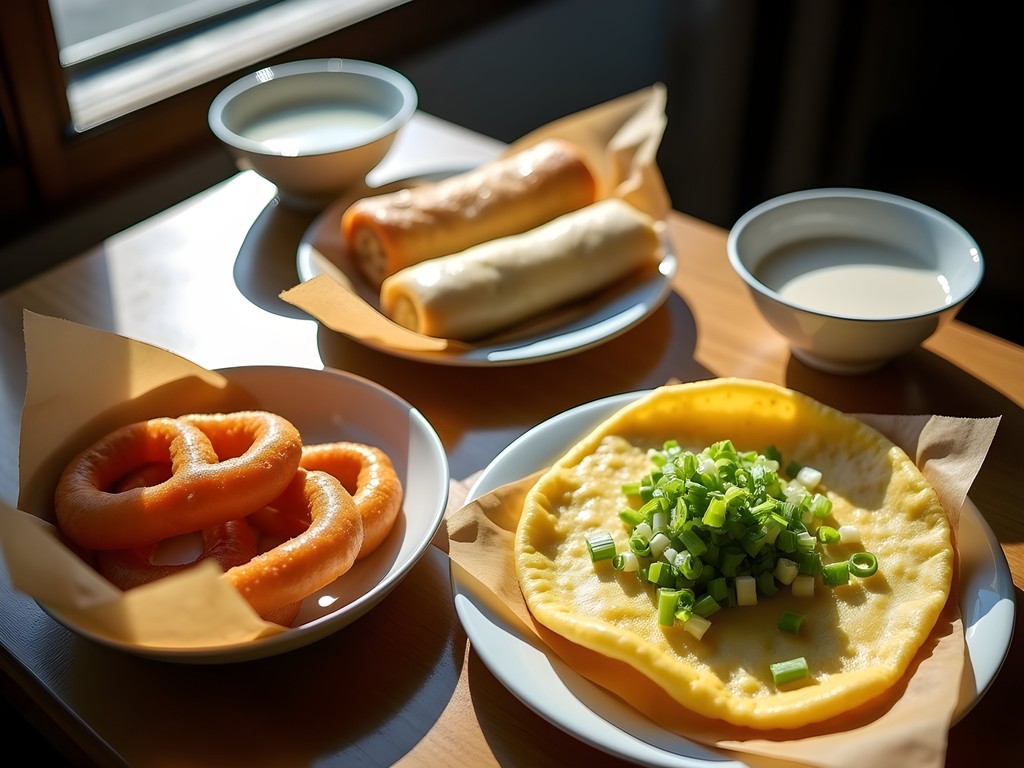
💡 Pro Tips
- Arrive between 6:30-8:00 AM for the freshest offerings and to observe local morning routines
- Don't hesitate to mix sweet and savory items—this is common practice in Taiwanese breakfast culture
- Most breakfast shops offer take-away options if you're not comfortable with the often rapid pace of service
The Sweet Side: Taichung's Dessert Innovations
No comprehensive analysis of Taichung's street food ecosystem would be complete without examining its sweet offerings, which represent both cultural preservation and contemporary innovation. During my research visits to various night markets and specialty dessert shops, I documented a fascinating evolution of traditional Chinese and Japanese sweet preparations into distinctly Taiwanese expressions.
Particularly noteworthy among Taichung's dessert landscape are these cultural signifiers:
-
Snowflake Ice (剉冰): Unlike standard shaved ice, this Taiwanese innovation creates paper-thin ribbons of flavored frozen milk that create a distinctive mouthfeel. At Ice Monster's Taichung branch, I observed how the texture transforms the eating experience—melting instantly while maintaining structural integrity.
-
Wheel Cakes (車輪餅): These filled pancakes reflect Japanese colonial influence but have evolved into a Taiwanese street food staple. Modern vendors at Fengjia Night Market now offer innovative fillings like matcha custard and taro alongside traditional red bean paste.
-
Pineapple Cake (鳳梨酥): While technically a packaged good rather than street food, numerous vendors offer freshly-made versions that provide insight into Taiwan's agricultural history—particularly the significance of pineapple cultivation to the island's economy.
-
Douhua (豆花): This silky tofu dessert served with various toppings represents perhaps the oldest continuous sweet tradition in Taiwan, with historical documentation dating back centuries. The version at Liu's Family near Yizhong Street achieves a remarkable texture through traditional gypsum coagulation methods.
What makes Taichung's dessert scene particularly fascinating from an anthropological perspective is how it reflects Taiwan's complex cultural history—incorporating elements from multiple colonial periods while asserting a distinct Taiwanese identity. The owner of a third-generation douhua shop explained this phenomenon succinctly: 'We take what works from everywhere, make it better, and then call it Taiwanese.'
For travelers with dietary restrictions, Taichung offers surprising flexibility. During my fieldwork, I documented numerous vendors offering accommodations for various dietary needs—a reflection of growing health consciousness among younger Taiwanese. The douhua vendor near Taichung Park, for instance, offers a brown sugar syrup alternative for those avoiding refined white sugar.
For optimal dessert exploration, I recommend visiting specialty shops during afternoon hours (2-5 PM) when crowds are thinner and artisans have more time to explain their techniques. This approach yielded several in-depth conversations about the philosophical aspects of Taiwanese dessert-making that might have been impossible during peak hours.
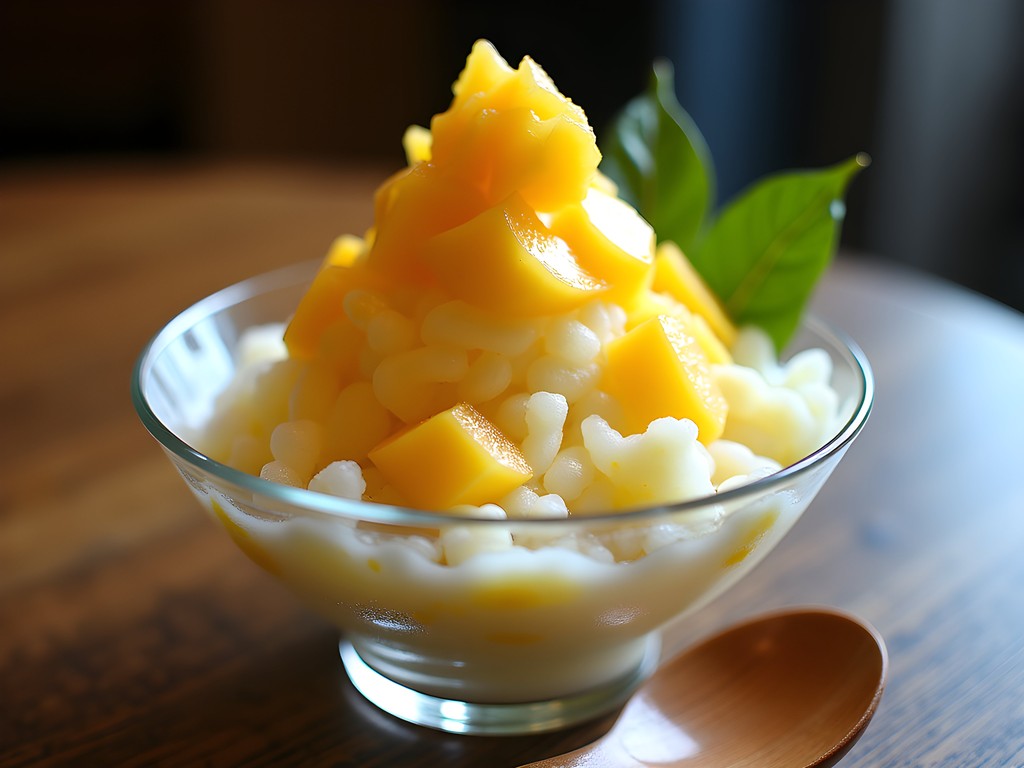
💡 Pro Tips
- Many dessert vendors offer small portions specifically for sampling—ask for a 'small' or 'half' portion to try more varieties
- Look for seasonal fruit desserts that showcase Taiwan's agricultural bounty, particularly during summer and fall
- Visit traditional douhua shops in mid-afternoon when they're less crowded and proprietors have time for conversation
Final Thoughts
As my research trip to Taichung concluded, I found myself reflecting on how the city's street food scene serves as a powerful lens through which to understand broader Taiwanese cultural identity. What makes Taichung's culinary landscape particularly significant is its perfect balance between tradition and innovation—honoring historical techniques while embracing contemporary adaptations. For the solo traveler willing to approach their culinary adventures with methodical curiosity, Taichung offers unparalleled opportunities for both gastronomic pleasure and cultural understanding. I encourage visitors to move beyond mere consumption to engage with vendors about their family histories, preparation techniques, and philosophical approaches to food. These conversations transformed my own experience from simple dining to meaningful cultural exchange. As Taiwan continues to assert its distinct cultural identity on the global stage, Taichung's street food innovations stand as delicious evidence of a culture confidently embracing its complex heritage while looking boldly toward the future.
✨ Key Takeaways
- Taichung's street food scene represents a perfect balance between honoring culinary traditions and embracing innovative techniques
- Engaging with vendors about their family histories and preparation methods provides deeper cultural context than guidebooks can offer
- Approaching street food exploration with systematic curiosity yields both better meals and more meaningful cultural insights
- Taiwan's complex historical influences are perfectly expressed through its diverse and evolving food landscape
📋 Practical Information
Best Time to Visit
Fall (September-November)
Budget Estimate
$25-40 USD per day for street food exploration
Recommended Duration
5-7 days
Difficulty Level
Beginner

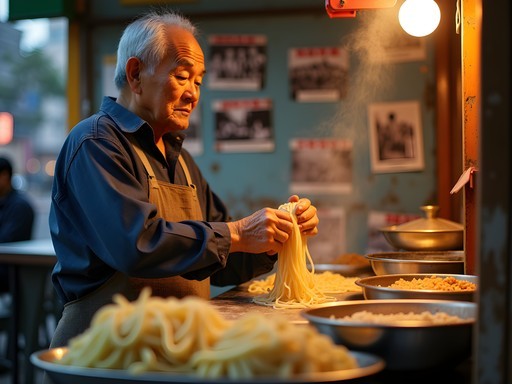

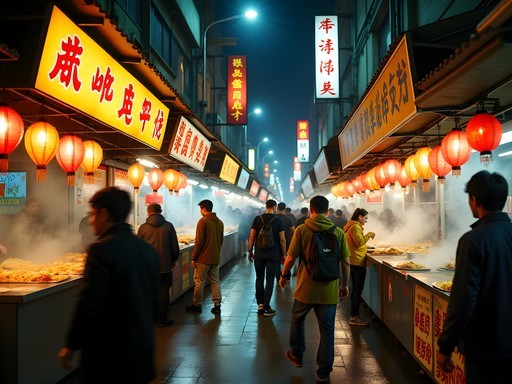
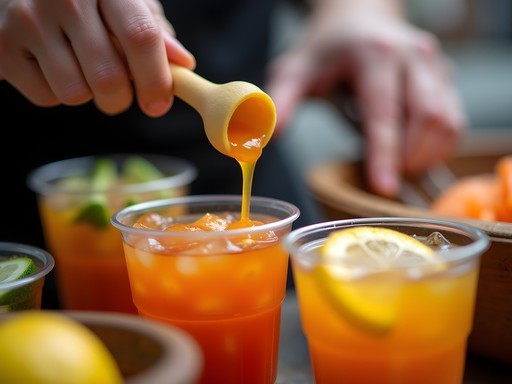
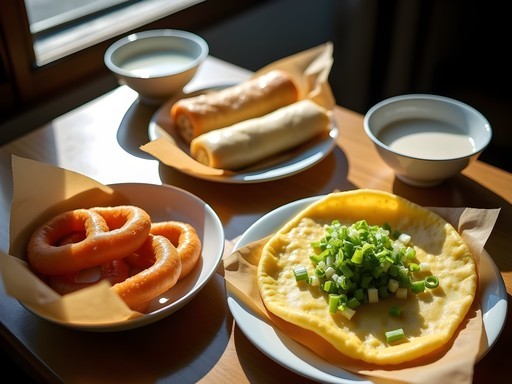








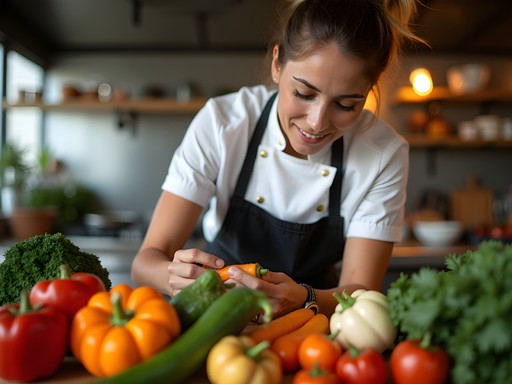

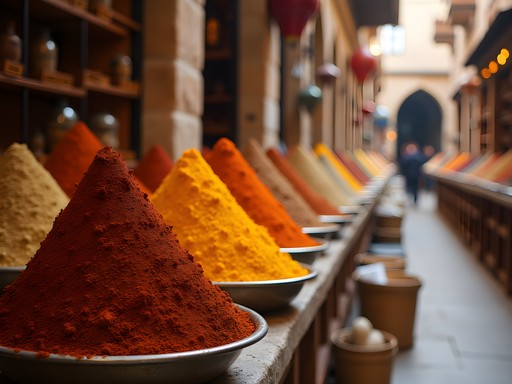
Comments
travelguide
Those pepper buns (hu jiao bing) are addictive! I still dream about them 😍
backpackking6142
Just got back from Taichung and this post was my bible! The sun cake (tai yang bing) recommendation was spot on - I ended up bringing back a dozen for friends. One tip I'd add: bring a reusable bag for all your street food purchases. It got so handy when juggling multiple snacks! The only place I'd add to your list is this tiny stall near Yizhong Street that serves these amazing deep-fried taro balls with a molten salted egg center. Mind-blowing! It's about 50 meters from the main entrance, look for the yellow sign with a cartoon taro character.
oceanchamp
Great post! I'm heading to Taichung next week and wondering about the best time to visit Fengjia Night Market? Is it super crowded on weekends? Also, any recommendations for non-dairy options since I'm lactose intolerant but really want to try some bubble tea variations?
travelguide
Not the author but go on Tuesday or Wednesday around 7pm - way less crowded! Most bubble tea places offer almond/oat milk substitutes now, just say "wu nai" (no milk) and point to the alt milk if they have it displayed.
oceanchamp
Thanks so much! That's super helpful!
Marco Flores
Landon, your methodical approach to Fengjia Night Market resonates with me! During my visit last summer, I was completely overwhelmed until I discovered the side alleys where the locals queue. That's where I found this incredible 'coffin bread' - a thick toast hollowed out and filled with creamy seafood chowder. Not on many tourist lists but absolutely worth seeking out! Also, the stinky tofu at the northeastern corner had the longest line of locals I've ever seen. Your ethnographic perspective really captures how the market's layout reflects Taichung's cultural evolution. Did you notice how the traditional vendors cluster separately from the Instagram-friendly stalls?
backpackking6142
That coffin bread sounds amazing! Adding it to my list for next month's trip. Any other hidden gems I should look for?
Marco Flores
Definitely try the papaya milk near the eastern entrance - it's in a tiny stall with no English sign, just look for the yellow cups and local students. And don't miss the grilled mochi with black sesame hidden behind the main bubble tea row!
coolgal
Omg yes! Taichung's bubble tea changed my life! 🧋 The original Chun Shui Tang shop is worth the pilgrimage alone. Did you try their roasted tea version?
Marco Flores
I had the roasted tea boba last month! The caramelized flavor was incredible. Did you notice how they hand-shake each drink exactly 13 times? Such attention to detail.
coolgal
Yes! And they're so particular about the temperature too. Totally ruined regular bubble tea for me forever lol
FoodieFiona
Heading to Taichung next month! Any recommendations for vegetarian options at these night markets? Also, is it worth bringing a phrasebook or do most vendors speak English?
Jean Wells
Many vendors have picture menus, but basic Mandarin phrases definitely help! Look for 素食 (sù shí) signs for vegetarian options. The Buddhist influence means there are plenty of meat-free dishes - try the grilled king oyster mushrooms and sweet potato balls. Most young vendors understand basic English, but older vendors typically don't.
FoodieFiona
Thanks Jean! That's super helpful. Will definitely look for those signs!
Hayden Butler
Landon, your ethnographic approach to food exploration resonates deeply with me. I've always believed that street food is where the true cultural identity of a place reveals itself. Your section on Taichung's culinary evolution was particularly insightful - the way you traced the influences from Japanese occupation through to modern innovations really contextualized the food experience. One dish I'd add to your list is 'lu rou fan' (braised pork rice) - I found a tiny family shop near Yizhong Street where the grandmother has been making it the same way for 40+ years. The simplicity yet depth of flavor perfectly encapsulates what makes Taiwanese cuisine special. Also appreciated your notes on bubble tea's origins. I did a similar pilgrimage to Chun Shui Tang and was fascinated by how different the original is from what's become globalized. Did you get a chance to try any of the modern experimental bubble tea shops? There's one called TeaMaster that's doing some incredible things with molecular gastronomy techniques applied to traditional tea.
exploretime
Hayden - any chance you remember the name of that lu rou fan place? Heading there in September!
Hayden Butler
It's called Jin Feng (金峰魯肉飯)! Not fancy at all, but absolutely perfect comfort food. Cash only and they close early, around 7pm if I remember correctly.
nomadvibes
Just got back from Taiwan and Taichung was the highlight! Landon, your methodical approach to Fengjia is EXACTLY what I needed before going. That place is massive! Your tip about going on weeknights instead of weekends saved us from the crazy crowds. The original bubble tea at Chun Shui Tang was worth the pilgrimage - so different from the overly sweet versions we get in the US. Also tried that mochi-stuffed strawberry you mentioned and nearly died of happiness. One tip for others: don't miss the breakfast scene in Taichung! The fan tuan (sticky rice rolls) and dan bing (egg crepes) are incredible ways to start the day.
coffeeace
Heading to Taichung next month! How many days would you recommend to properly explore the food scene? And is it easy to navigate if I don't speak Mandarin?
Hayden Butler
Not the author but I was in Taichung last year. I'd say 3-4 days minimum to really dive into the food scene. The local transit is excellent and most food vendors have picture menus or English translations. I found a food tour on my first day really helped orient me to the best spots - totally worth the money as they took us to places I never would have found on my own. I used my pocket translator for the few situations where there was a language barrier, but honestly most younger Taiwanese speak some English, especially in the tourist areas.
coffeeace
Thanks Hayden! That's super helpful. I'll look into a food tour for sure. Any specific night market you'd recommend for a first-timer?
Hayden Butler
Fengjia is the biggest and most famous, but it can be overwhelming. I'd actually suggest starting with Zhongxiao Night Market - it's smaller but has amazing food and is less touristy. Then tackle Fengjia when you're more comfortable with the night market vibe!
exploretime
Fengjia Night Market is absolute chaos but so worth it! The stinky tofu there is actually better than Shilin in Taipei, fight me on this!
nomadvibes
100% agree! Fengjia's stinky tofu changed my life. Did you try the fried chicken with plum powder too?
exploretime
Yes! That plum powder is addictive. I brought some home but it's not the same without the night market vibes.
Venture X
Premium card with 2X miles, $300 travel credit, Priority Pass